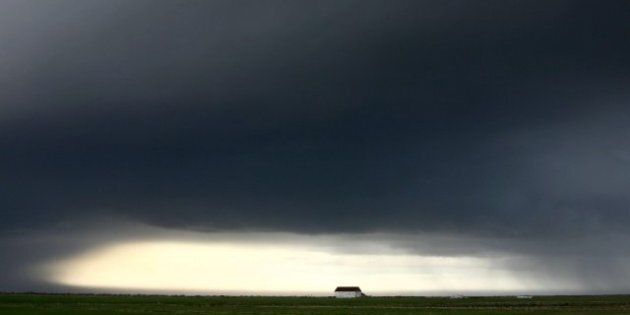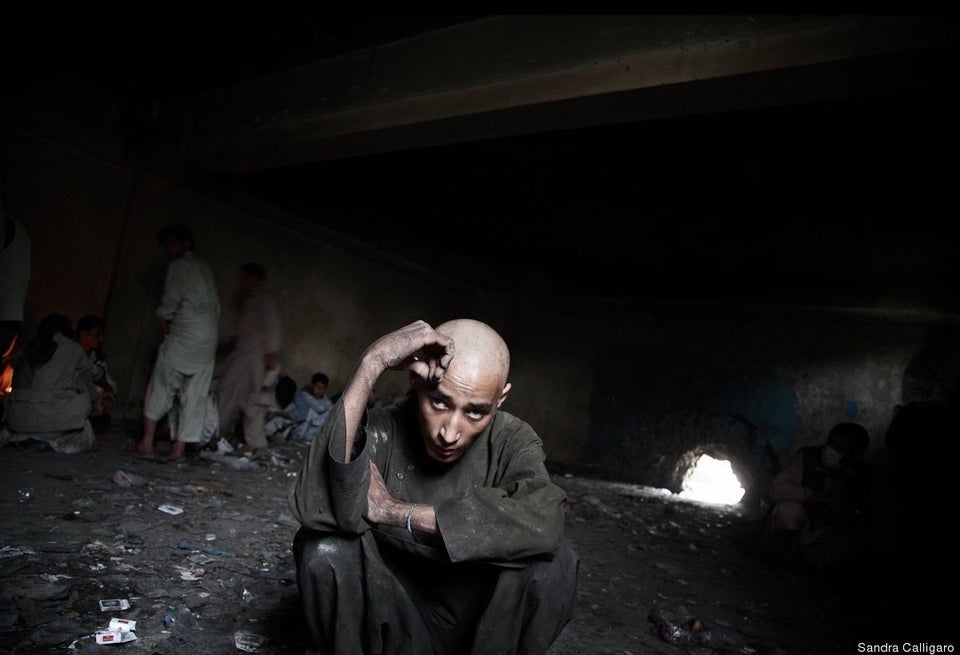
Six fighter jets and a few dozen soldiers are this country's only line of defence against foreign invaders.
Just not this country.
About 160 Canadian Forces personnel, along with CF-18 Hornet jet fighters, are hunkering down for a five-week campaign in not-quite-war-torn Iceland.
As the only NATO member without an air force -- and not even a single soldier on its payroll -- Iceland relies on the militaries of others for its defense.
“Basically, it’s a presence patrol. They’re providing surveillance and interception capabilities,” Captain Cynthia Kent, spokeswoman for Canadian Joint Operations Command told the National Post.
Under Operation Ignition, Canadians arrived in Keflavik, about 50 km outside of the capital of Reykjavik on March 18.
During the Cold War, the small town hosted a key NATO air base, monitoring Soviet deployments behind the Iron Curtain. Today, it's known more for whale-watching tours, as well as a festival of lights that, sadly, the Canadian contingent will miss. They are slated to punch out of Iceland at the end of April.
Instead, soldiers will spend their days staring into radar screens and identifying passing aircraft.
Even in the incredibly unlikely event someone decides it might be a nice idea to invade Iceland, Canadian soldiers wouldn't have to go it alone.
Operation Ignition defers the island's ultimate defence to American troops.
Defending the land of ice and fire -- and stunning volcanoes -- has proven a contentious issue for Icelanders.
Viking roots aside, the country has long taken pride in its more pacifist leanings -- even threatening, on occasion, to turn in its NATO membership card.
In fact, the decision to join the organization immediately sparked the most notorious riot in its history. On March 20, 1949, thousands marched on Reykjavik's parliament building to protest the government's decision to join newly minted NATO. After lobbing stones and smashing windows, protesters were quickly smothered by what seemed a heavy-handed government response at the time -- tear gas and beat downs.
In 2006, American forces walked away from Keflavik after holding down the base for 45 years.
A few years later, Iceland was roiling international waters with news that it had signed a $1.6 million deal with private corporation, ECA Program, to refit the aging Keflavik facilities.
Why all the wrangling over an island of some 320,000 people in the frigid north Atlantic?
Well, there's energy.
With 13 per cent of the world's untapped oil, 30 per cent of its natural gas and 20 per cent of natural gas liquid under the Arctic seabed, according to the U.S. Geological Society, Iceland is a key point of access to all that wealth.
That may be why even China -- a historically distant diplomatic relation -- is knocking on Iceland's door. This month the New York Times reported on the budding superpowers positively warm offer to build a 'tourist paradise' in the cash-strapped country's north.
Also on HuffPost
